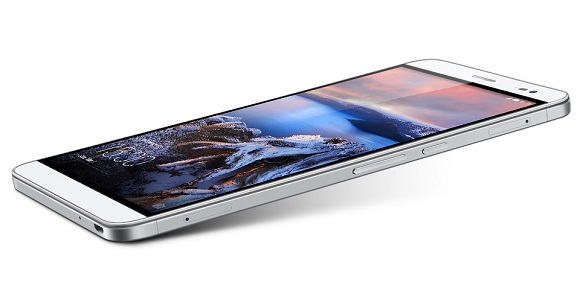Smartphones are by far the closest center for storage today, which is why you need to know the best way to protect your Android phone.
With each new innovation, thankfully, storage space increases but some of the information kept on these devices is highly confidential and needs to be protected.
Smartphones support numerous means of protection ranging from passwords, lock patterns, fingerprint detection, facial recognition, etc.
But which of all these is the best way to protect your Android phone?
Let’s explore each option below;
Password/PIN Code protection
Pros: A strong password is very secure if carefully selected and might even be impossible to crack.
Cons: Can be tiresome (not convenient) to type in if too long and can be cracked by someone who knows you since most people choose to use information about themselves as passwords.
When to use it: When you need the highest level of security.
Pattern Lock
Pros: Simple and intuitive to use.
Cons: Depending on your choice, a pattern can be difficult to crack or very easy. Someone can easily watch you open your device and memorize it.
When to use it: If you don’t have a fingerprint scanner and dislike PINs.
Read also: Four factors that determined the success of Tecno in Africa
Fingerprint protection
Pros: Fast, secure and can’t be forgotten.
Cons: Depending on the device manufacturer, some sensors might be weakly positioned or not as responsive and might disturb during detection.
This method can’t be used by someone wearing gloves.
When to use it: The default for most users. And can be used alongside another method.
Facial Recognition
Pros: Fast and unlocks your phone with just a glance.
Cons: Facial recognition is still a new development and is subject to errors every now and them. But all these will be fixed with time. Some can be broken by simply wearing glasses or standing in the wrong light.
When to use it: When you trust your manufacturer and they guarantee its security.
Iris Scanner
Pros: It’s fast, accurate and very secure.
Cons: Can be hindered by bright light or glasses. This method isn’t available on many devices.
A few notable Samsung phones like the Galaxy S9 and Note 8 have it supported.
When to use it: If you prefer it to your phone’s fingerprint scanner.
Intelligent Scan
Pros: Combines features of both face and iris scanning. If one fails, it uses the other or both.
Cons: Not secure enough and still under development. It is currently available on a few devices.
When to use it: If you would normally use face recognition alone or iris alone, this will be an improvement.
Other ‘Smart Lock’ features provided on Android phones;
Trusted Devices: With Trusted devices set up, your phone will be unlocked whenever it’s within range (about 30 feet) of a specified Bluetooth device.
Trusted Places: Trusted places unlocks your phone whenever you’re in a specific location. This might be your home, school, office, or anywhere you visit regularly.
On-Body Detection: This feature keeps your phone unlocked when it senses you’re carrying it, like in a pocket or bag.
Trusted Face &Voice Match: The Trusted Face feature works if your phone gets stolen while Voice Match lets you use the “OK Google” to unlock your phone.
Final Verdict
Ultimately, each of the methods mentioned above has its pros and cons. You as a user can simply choose what you find more convenient for you.
I think the best means to guarantee security on your device is to choose a combination of two or more techniques so that if one is cracked, the other or others are on standby. But this can be less convenient though more secure.
More stories on devices:
Android users, this is why you shouldn’t envy iPhone owners
The downsides of using the USB Type-C

